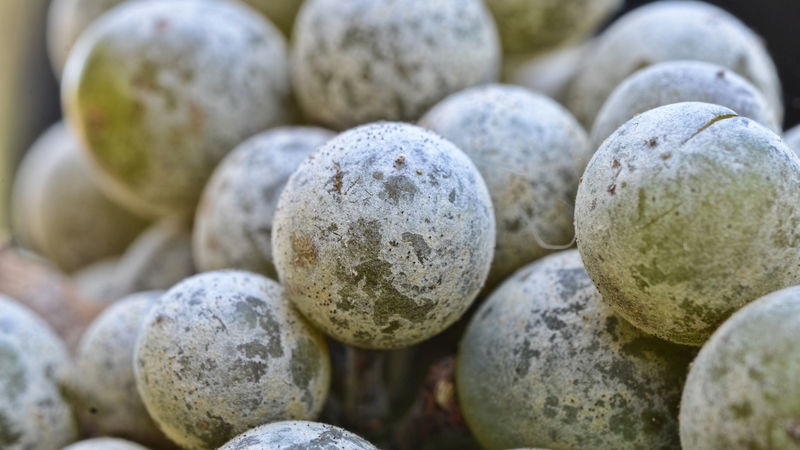Diversification: A Response To Drought [Opinion]

Richard Jones
With Governor Jerry Brown’s announcement of mandatory use reductions, the general public in California is getting a wake-up call on water. For growers, of course, the alarm has been going off for years.
That’s not to say the state’s residents weren’t well aware of the drought, now in its fourth year, and quickly shrinking water reserves. But it’s human nature, I guess, to compartmentalize troublesome topics and not really act on them until something happens to make them real.
Facing mandatory 25% water use reductions — well, that’s real, and it has everyone’s attention.
What’s also getting attention is that agriculture was exempted from this wave of mandated reductions, even though it accounts for a large majority of the water used in the state. You keep hearing, “What about ag?” That’s a good question: What about ag?
You and I realize growers have been doing their part to be more efficient with water for years, in part because you know it’s a limited resource, and in part because it’s just good business to be more precise with water applications.
The question becomes, how much more can we expect to wring out of the system and still get the same crop quality and quantity growers and consumers have come to expect? A 25% reduction in use simply by improving irrigation efficiency would be a massive leap for most California growers at this point.
And efficiency is one thing. Access is something else entirely. Growers have had water allotments drastically reduced or eliminated over the last few years. They’re already making do with less where they can. Depending on when the rain begins again, that may or may not be enough to help some growers survive.
Samuel Sandoval, an assistant professor and Cooperative Extension specialist in water resources management at the University of California-Davis, says there’s one more angle we should consider. His message: prepare to make changes, especially if your sole focus is high-value permanent crops.
“We’re seeing many growers put a lot of investment risk on a resource — water — that’s very unreliable. We need to think ahead of the curve and find systems that are more flexible,” he says.
Sandoval’s suggestion: diversifying with both permanent and annual crops.
“I think we need to consider a model where growers shift from growing only almonds, or only nuts and grapes, to one where they become experts on a number of crops and production methods that can shift in emphasis as needed in a given year,” he says.
Diversification would allow growers to maintain the premium returns of permanent crops, and add a mix of annual crops that deliver on the bottom line in better water years. The key is the flexibility to shift to more drought-tolerant crops or even fallow acres to protect your investment and keep as much water as possible flowing to high-value trees and vines.
Returns on almond acres may be reduced, but, as Sandoval points out, without water, they’re limited anyway.
Change of this scope is tough, especially for such an independent industry. But the drought’s lesson for consumers and growers is that change must happen.
“We don’t know if the drought will end next year, or how long it will take to recover, but we will adjust,” Sandoval says. “I hope we will learn.” ●










